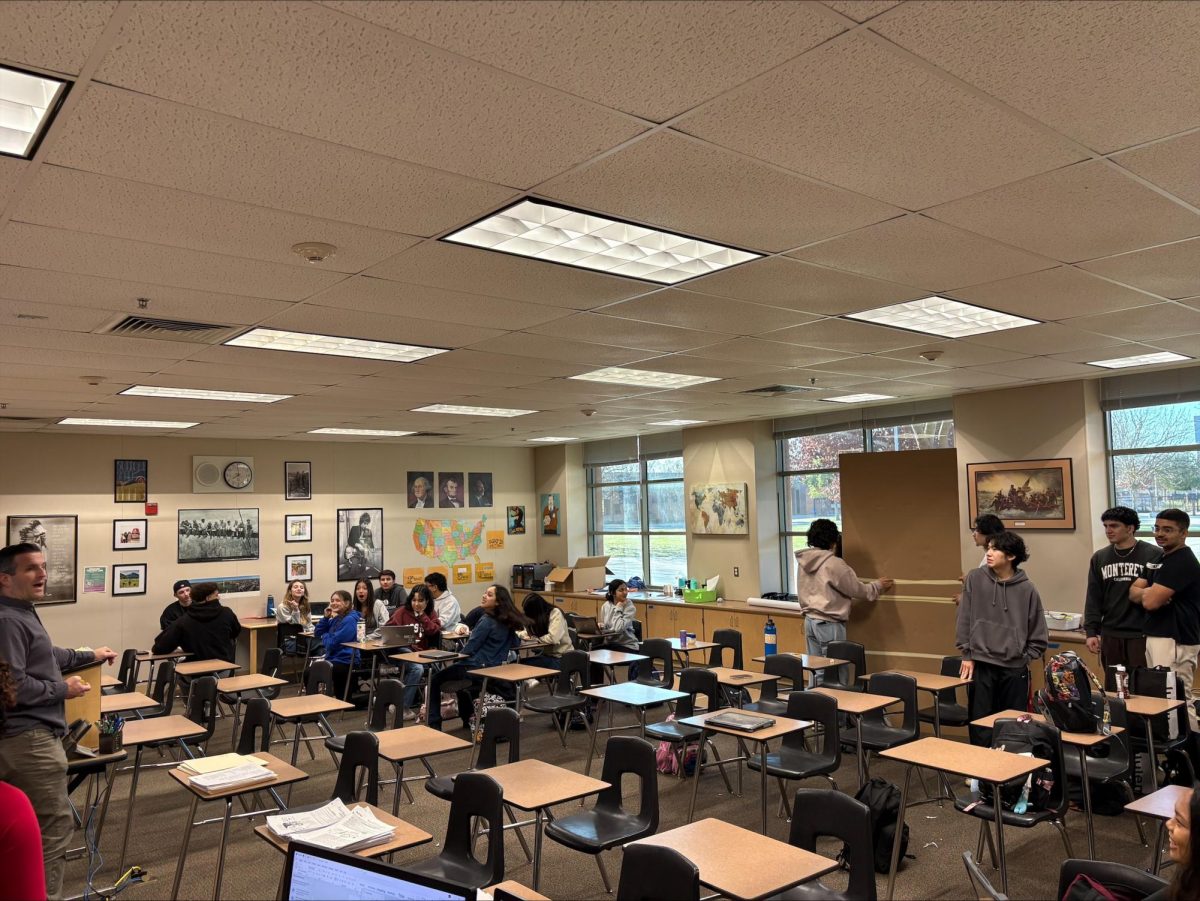Lunch Lines Frustrate Students
Line cutting and long waits take away from relaxation
September 10, 2021
Food is an important aspect of the day for everyone.
That goes double for teenagers.
For most, lunch is the highlight of anyone’s day – a time to eat and relax with friends. This year though, that has been dampened by the crazy length and crowds of the Enochs lunch lines.
One student, Myka Benton, said that she spends around 15-20 minutes a day in line. Other students said they spend at least 20-30 minutes in line.
Students have 36 minutes to eat lunch and regroup before going back to class. If they spend on average 20-30 minutes of that time waiting in line for lunch, that is 55-83% of their lunch.
When waiting in line, students are often stressed or tenser because they have to stand around and wait, surrounded by hundreds of other students, rather than sitting and regrouping with their friends. So instead of spending their lunch periods relaxing, they are now spending the majority of their time tense and often frustrated.
This, coupled with the fact that getting lunch isn’t a 100% guarantee, can lead to foul moods that impede on students’ ability to properly learn and take in information when they get to class.
It’s hard for students to even gauge the amount of time they’re going to be spending in line, because large groups of students cut in line with their friend when they get close to the front, adding another 5-10 minutes onto everyone else’s wait time.
This is the biggest frustration among nearly every student who waits in line to get lunch.
One student, who will remain anonymous, admitted that they don’t have the same problem because they’re one of the people who cuts in line.
After hearing about the amount of time students spend in line, it comes as no shock that many may feel like they have to cut to be able to get food and finish it in time for the next period.
Other students who choose not to cut are then faced with the frustration of having to spend the majority of their lunch period in line, potentially not even getting food. Then they have to go back to class frustrated and without enough fuel for them to be able to learn and retain information.
An article from Harvard Medical School on nutritional psychiatry discussed the impact food has on the way we learn, “Put simply, what you eat directly affects the structure and function of your brain and, ultimately, your mood.” The same can be said about the amount of food you take in.
When students see the length of lunch lines, one of their first reactions is often ‘oh I just won’t eat today’ or ‘I’ll wait until I get home’ – which is not only bad for their health, but it’s also bad for their mood, their capacity to learn, and their ability to take in information.
Students were asked to share their ideas on ways these problems could be solved.
One student, Yasmeen Petros – a junior here on campus, suggested having two lunch periods. Another student suggested adding monitors to the lunch lines to stop large groups from cutting and crowding the cafeteria, which would give students a better chance of getting the food that they want at a more reasonable time.
For the mental and physical well-being of the student body, they not only need the proper amounts of nutritional food, but they also need the time to reset and give themselves a chance to prepare themselves for the rest of the school day.




